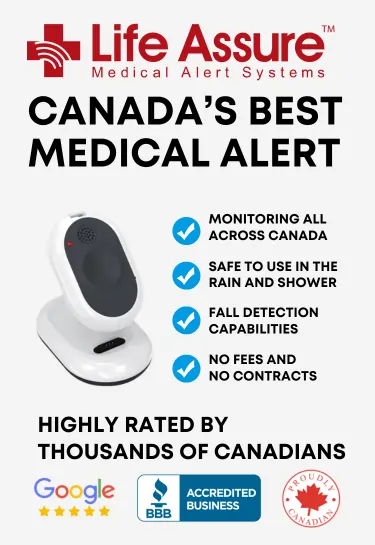Setting Up Wander Alerts for Seniors: A Step-by-Step Guide
Our Key Takeaway
Wander alerts help protect seniors with dementia or memory loss by tracking their location, setting safe zones, and notifying caregivers instantly if they wander. Choosing a reliable device, installing it correctly, setting boundaries, and testing alerts ensures seniors stay safe while maintaining independence and peace of mind for families.
There are instances that the seniors living in their homes may develop illnesses such as dementia or Alzheimer which makes them move around in circles aimlessly. This can create life-threatening conditions if they get lost or develop confusion.
Fortunately, today there are different interventions such as wander alerts, with which families and caregivers can monitor the movements of the elderly members of the family ensuring their safety.
While setting these alerts might sound quite challenging, it takes a straightforward process for anyone who knows how to go about it.
In this article, we will share with you the process of enabling wander alerts for seniors, which would make them and everyone who cares for them safer.
Life Assure Product Quiz
Take our 30 second quiz and discover which Life Assure medical alert device is the right fit for you or a loved ones.
Life Assure Product Quiz
Take our 30 second quiz and discover which Life Assure medical alert device is the right fit for you or a loved ones.
Why Are Wander Alerts For Seniors a Must-Have?

Wander alerts are very useful, especially for the elderly who may be at risk of wandering due to their cognitive conditions.
From this, we understand that conditions such as dementia, Alzheimer’s, or even memory loss cause seniors to forget even directions or maybe even familiar places.
When they are lost they may place themselves in a line of traffic, deserted areas, or adverse weather conditions without noticing.
Wander alerts let the caregivers receive information about the location of the senior and this way it is easy to restrain the senior from going beyond a predetermined area.
In addition to decreasing the potential of accidents, those systems also give the caregivers involved a sense of relief. They can follow the senior ‘moving around thus allowing the senior to be independent even when being watched from a distance.
Steps For Setting Up Wander Alerts For Seniors

Here are the steps for setting up wander alerts for seniors.
Choose a System
The first thing concerning wander alerts is determining the most appropriate kind of system to adopt. Some are fast streaming devices with several set-top-box-like platforms, while some are smart devices with various specifications.
Few of these systems involve GPS connection, whereas some employ cellular or Wi-Fi signals.
Take into consideration the living conditions of the senior. If they reside in an area that still doesn’t have network coverage, then a system that utilizes no-network or radio frequencies would suffice.
Further, ensure that the system is easy to use and has a feature that allows one to install a mobile application where you can monitor your loved one from your phone.
Install the Device
After you have chosen the right system, the next thing is to install the device. Amidst modern wander alert systems, most of them are very easy to install.
In the case of a wearable device, ensure that the device is well fitted on the senior without the device being uncomfortable for the elder person.
However, in the case of in-house systems, guidelines are issued on the placement of the sensors or tracking devices, which have to be followed as recommended by the manufacturer.
Make sure you install any needed application on your smartphone, tablet, or computer to manage and observe the system. Sometimes, you might be required to connect the device to your WiFi network or any smartphone through Bluetooth.
Create an Account
Like any other monitoring system, wander alert systems prompt you to establish an account where you can make some adjustments to get alerts and track the senior’s location. Open the website or application of this system, and register using the email ID or phone number.
After creating an account, you will normally be able to define particular preferences, such as the types of messages that can be sent, such as text, call, or through the app.
Other systems also permit the sharing of access with several caregivers, thereby making it possible to schedule with several people in the family or other related caregivers.
Set Boundaries
There is also an aspect called safe zones or “wander zones” which is usually associated with a wander alert kind of system; these are areas within which the senior is safe to roam, such as his or her compound or yard.
However, if the senior crosses outside these limits, the system will produce a beep sound as an alert. If you are setting up boundaries, it is important to consider the senior's normal day-to-day routine.
For example, if they like to walk in the garden, then the garden should be incorporated in the safe zone. It is also important not to overdo the boundaries because this will only lead to frustration with the senior.
At the same time, the said regions must be large enough to encompass safe zones but at the same time small enough to elicit alarm when necessary.
Test the System
Before complete reliance can be made on the system and the inception of the new system, there is a need to test the system to be certain that everything is in order. The first step is to begin walking around the demarcated restricted zones with the device or with the senior’s tracker.
You have to ensure that the system successfully identifies your movement out of the defined area and generates the correct notifications. Experiment and try various situations, such as going outside at different times or in different areas.
If the system employs Wi-Fi, it can be understood whether Wi-Fi is effective indoors and outdoors in the house. You should also check how the alerts are received on your phone or computer to ensure that you are notified earlier.
Educate the Senior
It is also necessary to let them know what the system is going to do after its setup and this has to be done in a polite way to the senior. Some seniors will feel uncomfortable or even upset about being tracked, so it is suggested that they explain that it is for safety, not for spying on them.
Enlighten them about how to wear the device, and make them stick to it if they are capable of comprehending what you are telling them. Make them understand that it does not cage them down in any way but provides a shield that will protect them all the time.
Final Thoughts
A wander alert system must be installed properly to protect seniors prone to wandering. These tips are the most important that you can employ to ensure that elders have the privacy they need while also feeling secure.
Using wander alerts for seniors is instrumental in helping caregivers take care of their wards safely and with so much ease.




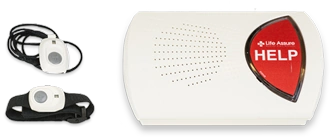


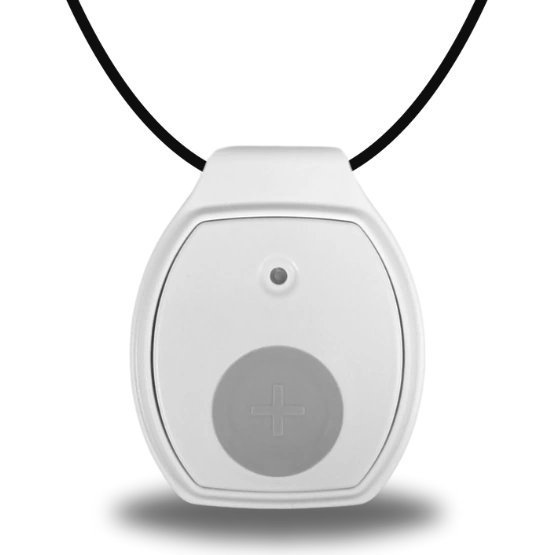
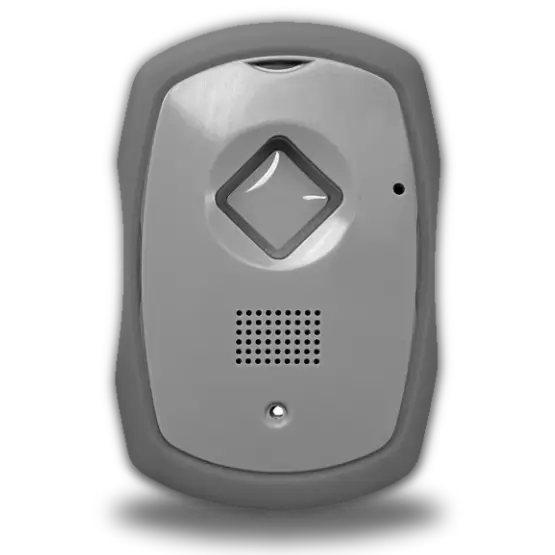

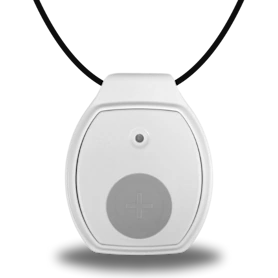
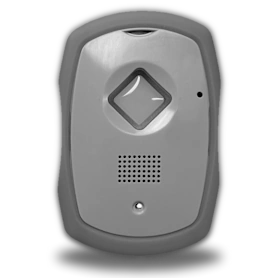
 Get Help With The Push Of
A Button
Get Help With The Push Of
A Button
